-
#549 – Three Supermen Against the Godfather (1979)
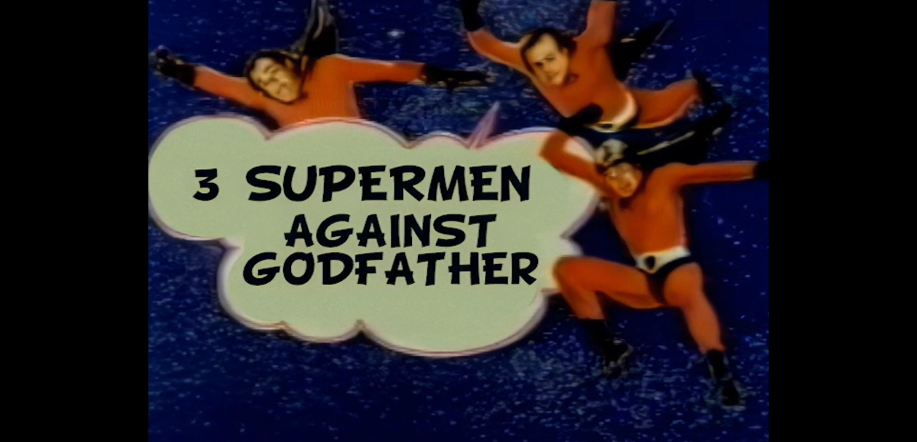
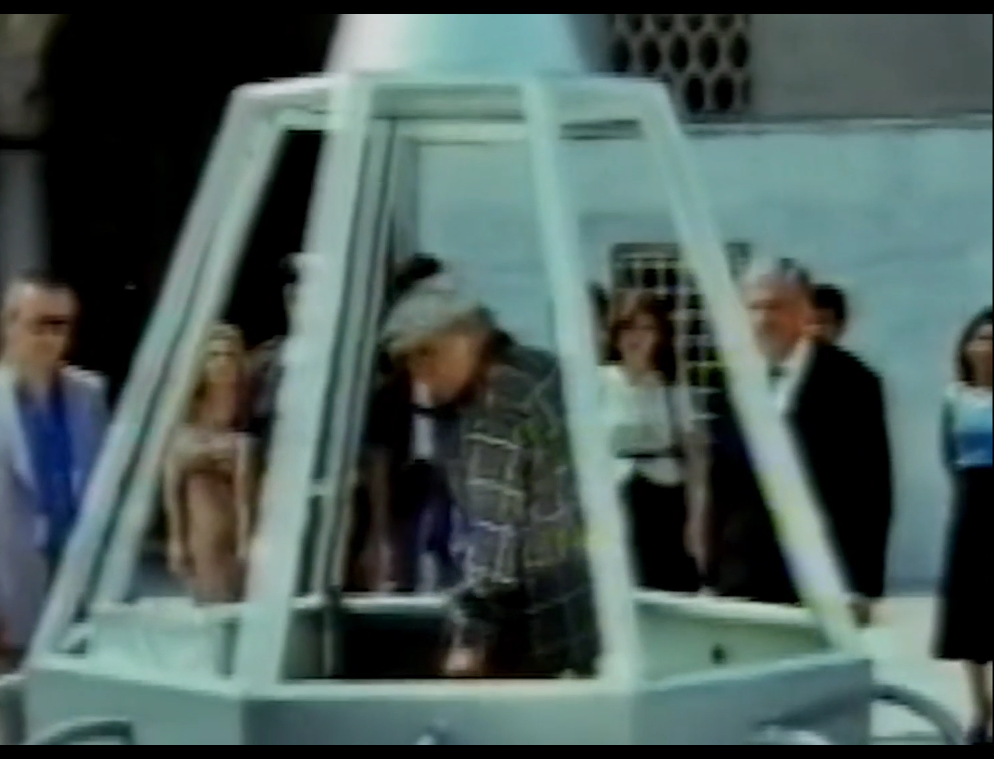

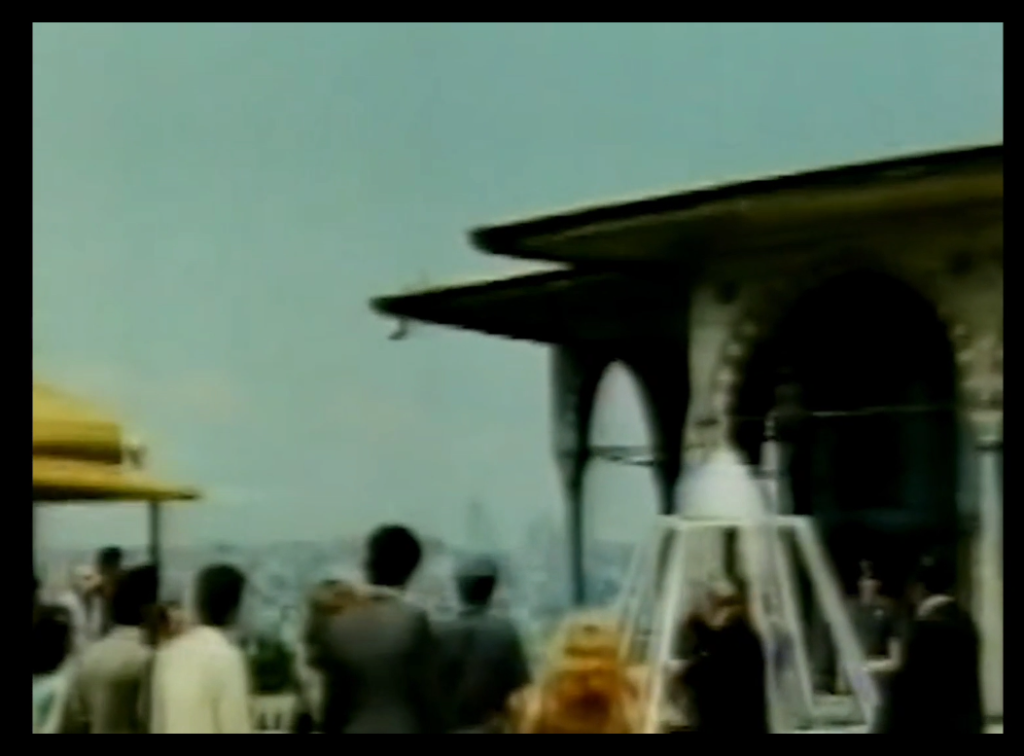

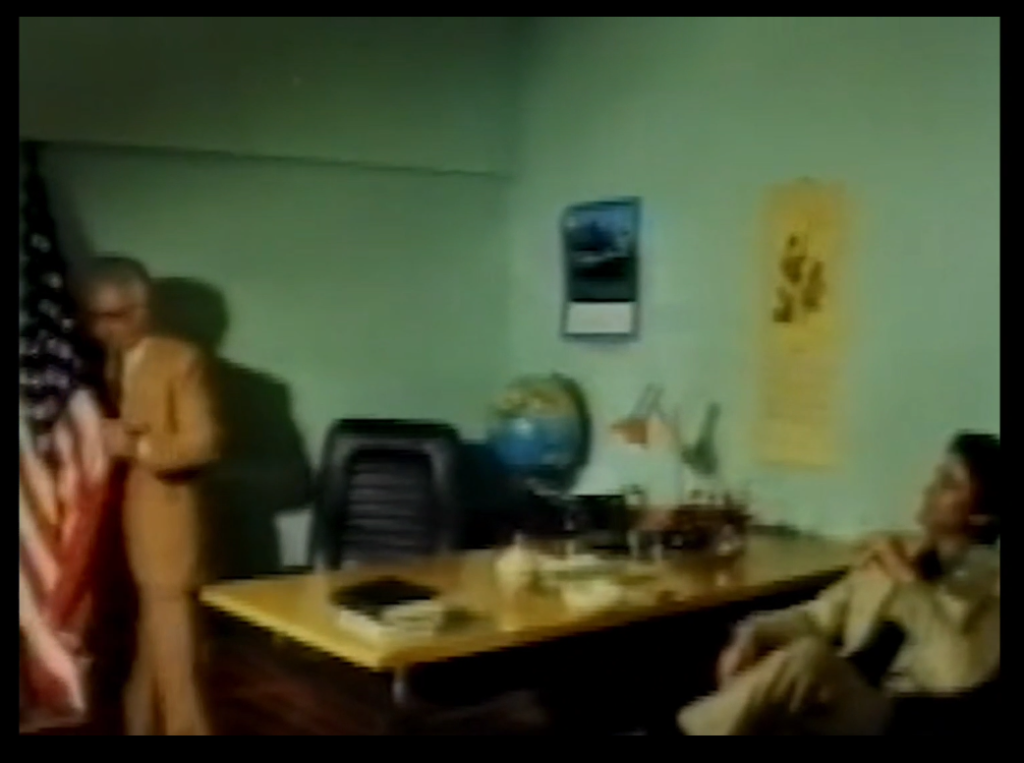
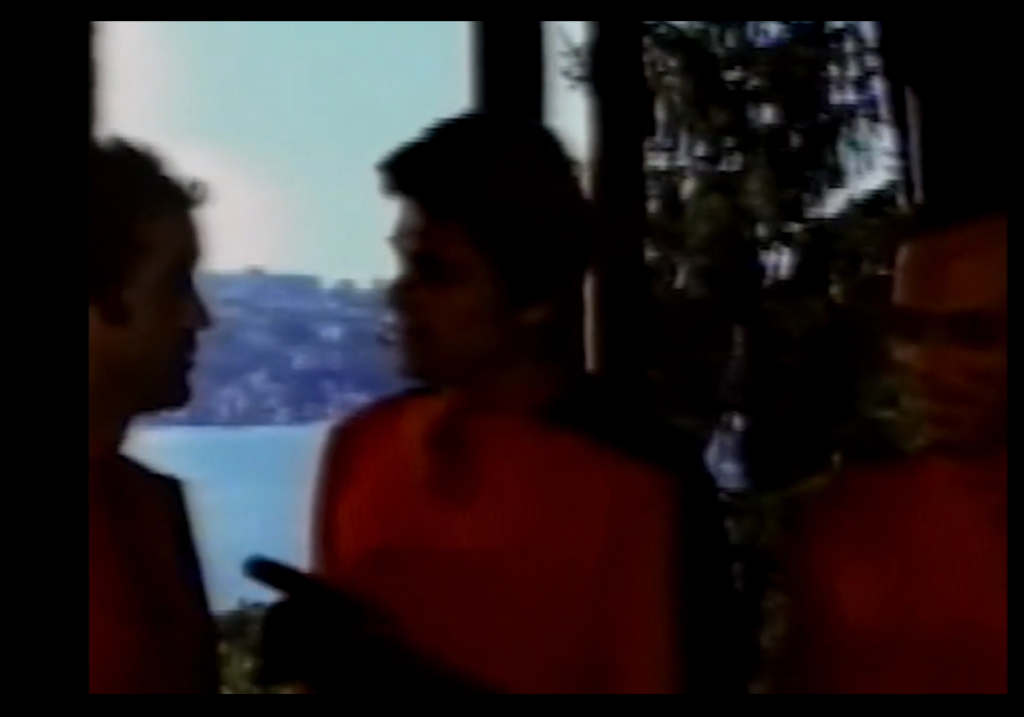
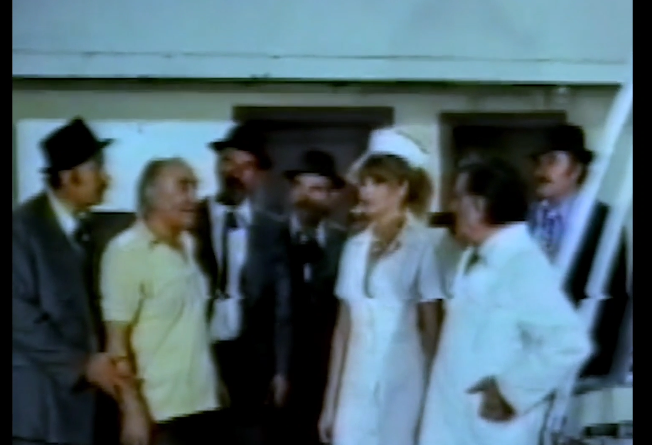
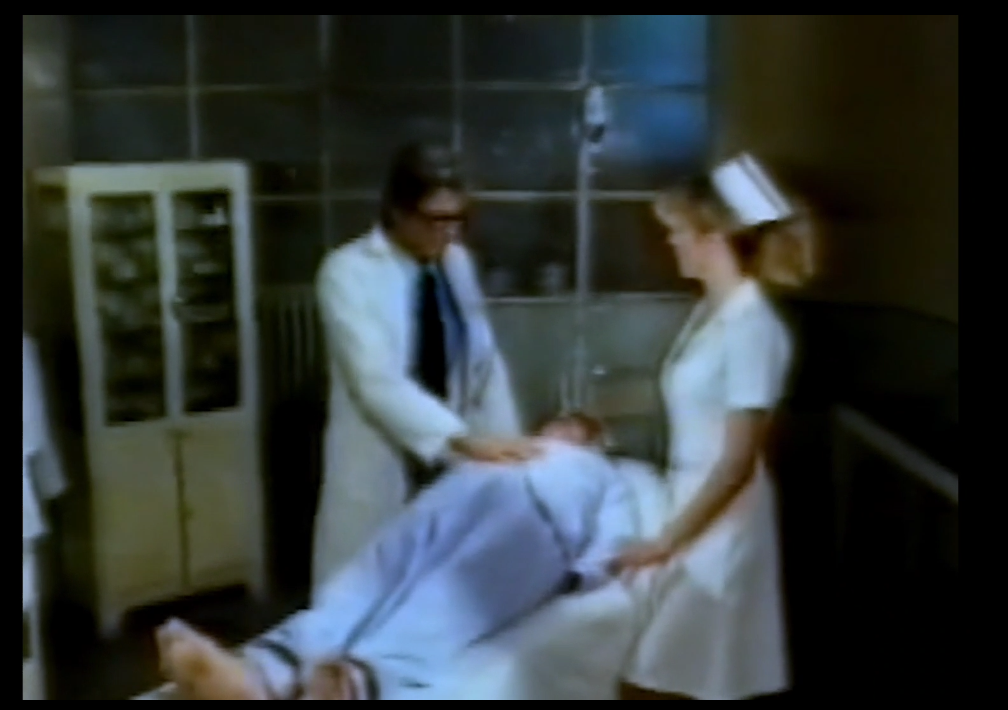
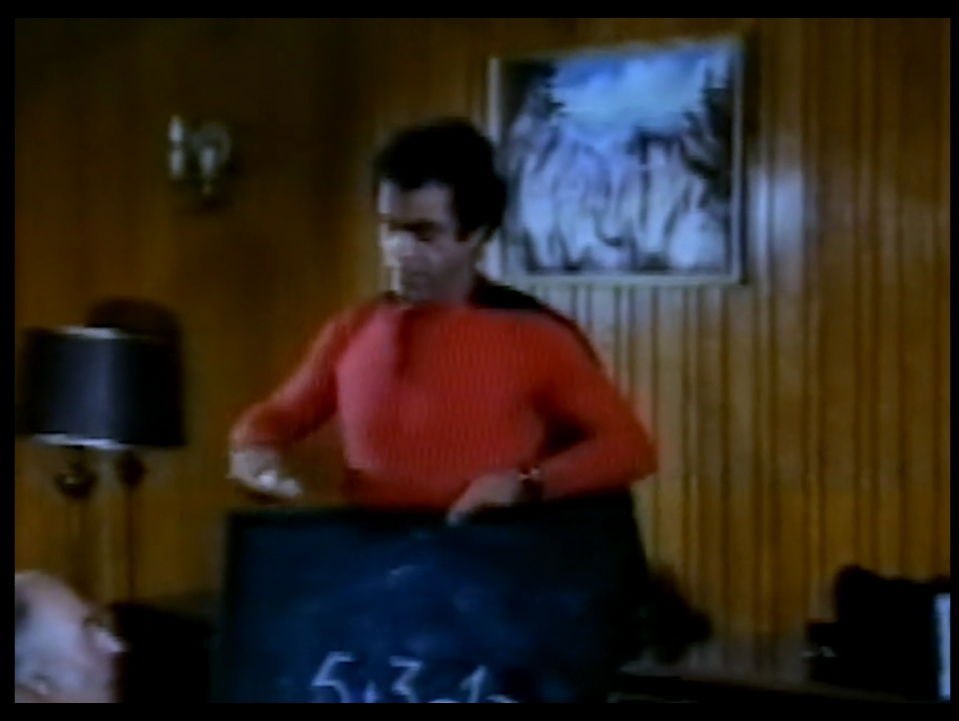
Three Supermen Against the Godfather (1979)
Film review #549
Director: Italo Martinenghi
SYNOPSIS: A scientist has invented a time machine, and uses it to travel back in time in Turkey to the fall of Constantinople, to learn the location of the treasure hidden before the city was sacked. The two thieves known as the supermen learn of this, and decide to try and take the time machine for themselves. But they’re not the only ones interested in it, as an Italian mafia boss, foreign powers, and once again, FBI agent Brad is sent to work with the supermen (against his will) to secure the time machine and protect the inventor…
THOUGHTS/ANALYSIS: Three Superman Against the Godfather (released as Süpermenler in Turkey) is a 1979 film and another instalment of the Three Supermen series of films. This time, the supermen are after a time machine invented by a scientist (not the same one who invented a similar time machine in Three Supermen in the West, of which there is no mention), with the aim of going back to the fall of Constantinople in the fifteenth century, to find out where the royal treasure was buried before it was lost. The two international thieves known as the supermen learn about the machine and decide they want to steal it for themselves, but an Italian mafia boss and some foreign powers are also after the device and the professor; and as always, FBI agent Brad (or whatever his name is this time) is sent by the U.S. to secure the professor and the machine himself, and is ordered to cooperate with the supermen, which he is reluctant to do because of the constant shenanigans he gets caught up in whenever he meets them. The film feels like a return to the classic formula of the films; after the Hong Kong co-production Supermen Against the Orient, which was more of a typical martial arts film that substituted the classic acrobatics with said martial arts, and also messed up what little continuity the series had. While it is a return, it should also be noted that this “original formula” was itself all over the place: some films were science-fiction based others were parodies of spy films, westerns, and so on. With this one, it’s obviously riffing on The Godfather and mafia films, and the sci-fi element of time travel doesn’t really factor into the film at all: they only travel once in the beginning to demonstrate that it works.
As always with the Three Supermen films, the main actors have a bit of a shake up, with only Sal Borgese as the mute superman keeping his role as he has through most of these films. To make things even more confusing this time, Aldo Canti, who played one of the supermen in the first film, returns to the series, but he is instead playing the role of the FBI agent this time, with the other role going to prolific Turkish actor Cüneyt Arkın. The choice of actors doesn’t really make too much of a difference, as their characters aren’t too developed in any particular way, but it’s just interesting to follow this revolving door of casting. The reason for Arkin’s casting is because the film’s production has moved from Italy to Turkey, and I guess his casting would have some appeal to the local market.
The reason for the move from Italy to Turkey is fairly interesting: Italian media became more focused on television, and moved away from cinema in the mid-late 70′s. As such, there was an exodus of sorts of Italian filmmakers to Turkey, where their type of cinema was still more popular. Nevertheless, it would seem this film was hardly released to any cinemas at all, and is probably the most difficult to get a hold of in the franchise. While the film does have the usual slapstick moments, scantily-clad women, and some stunts, we don’t get the typical acrobatics we usually do, probably because the newer cast aren’t actually acrobats, and the older cast probably can’t pull the feats off anymore (remember that this franchise would have been twelve years old in 1979). Overall, Three Supermen Against The Godfather is, for better, or worse, a return to the typical Three Supermen formula that is full of a heap of different ideas and directions that don’t really cohere, but it’s still just a bit of silly fun.
-
#518 – The Adventures of Electronic (1979)
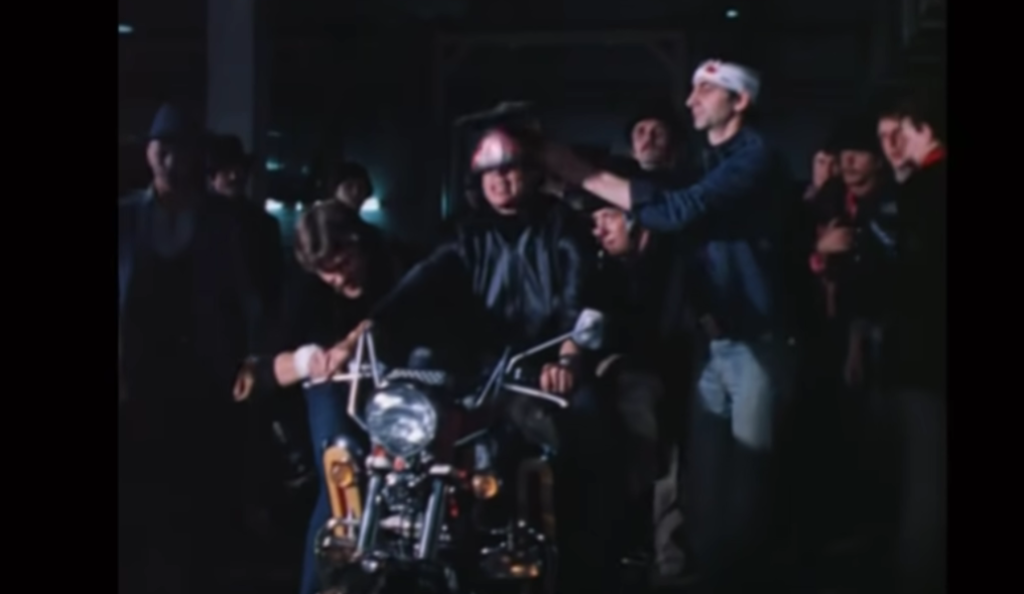
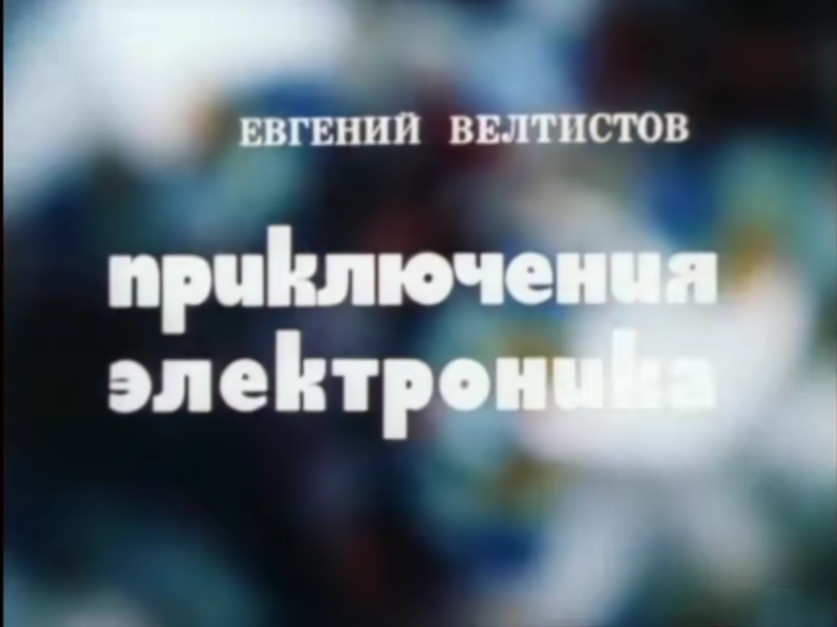
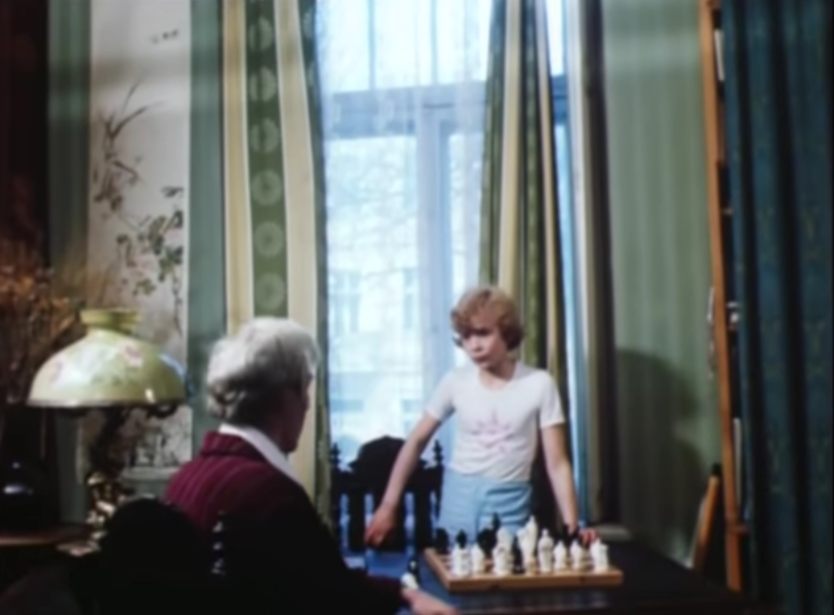



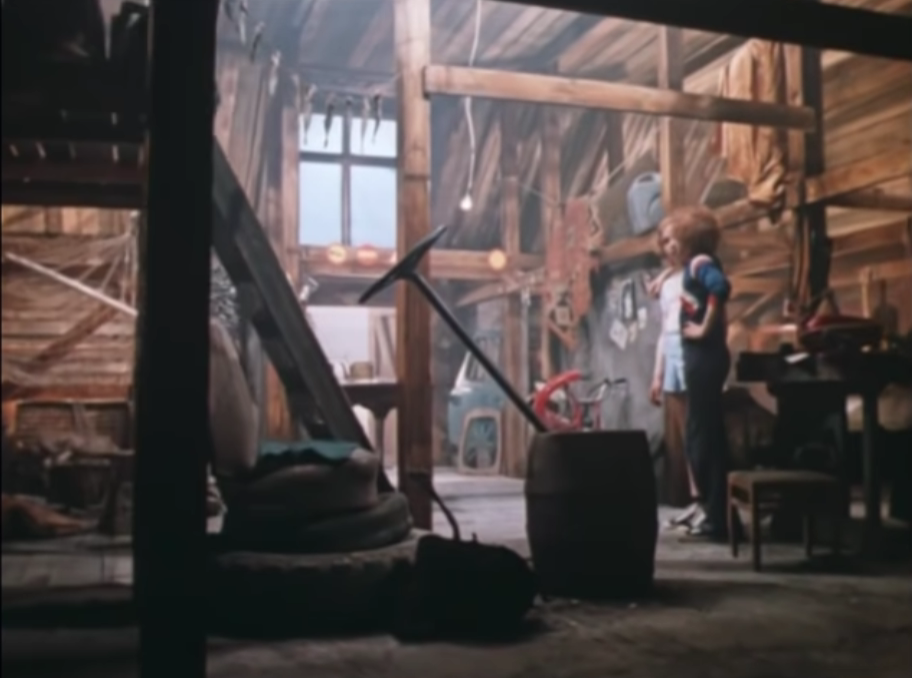
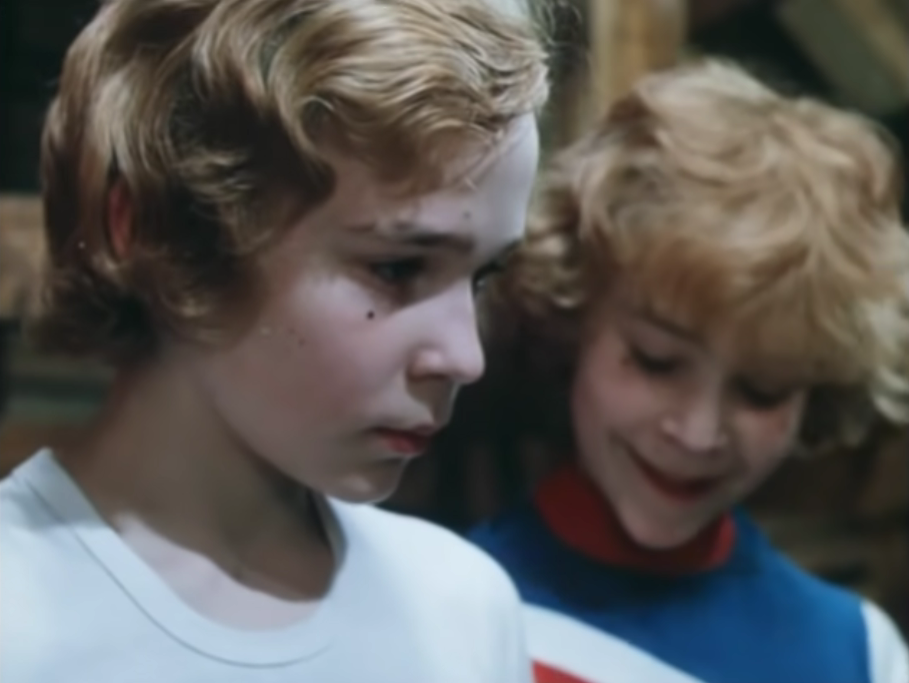
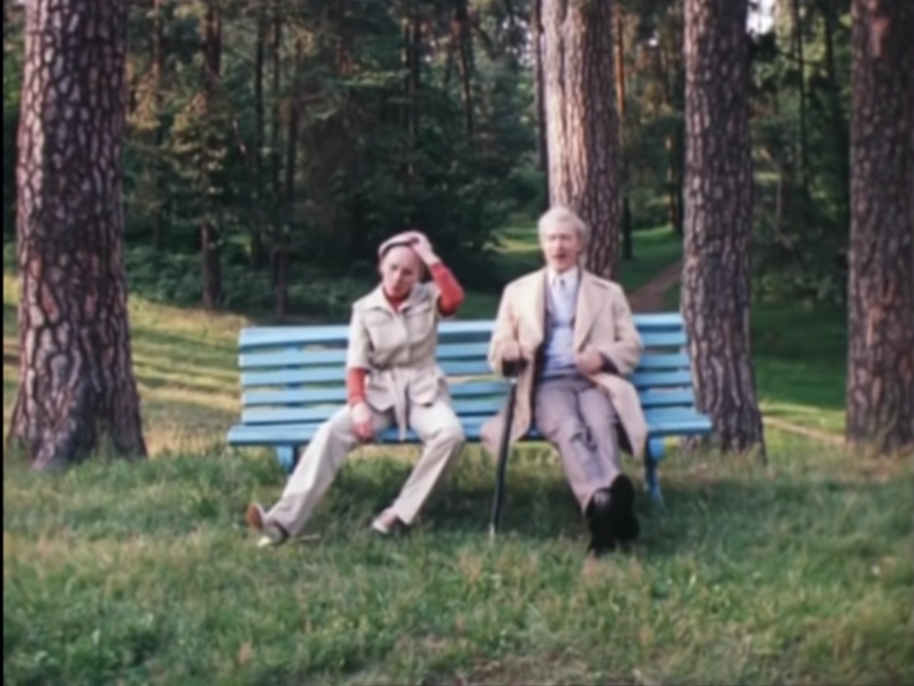
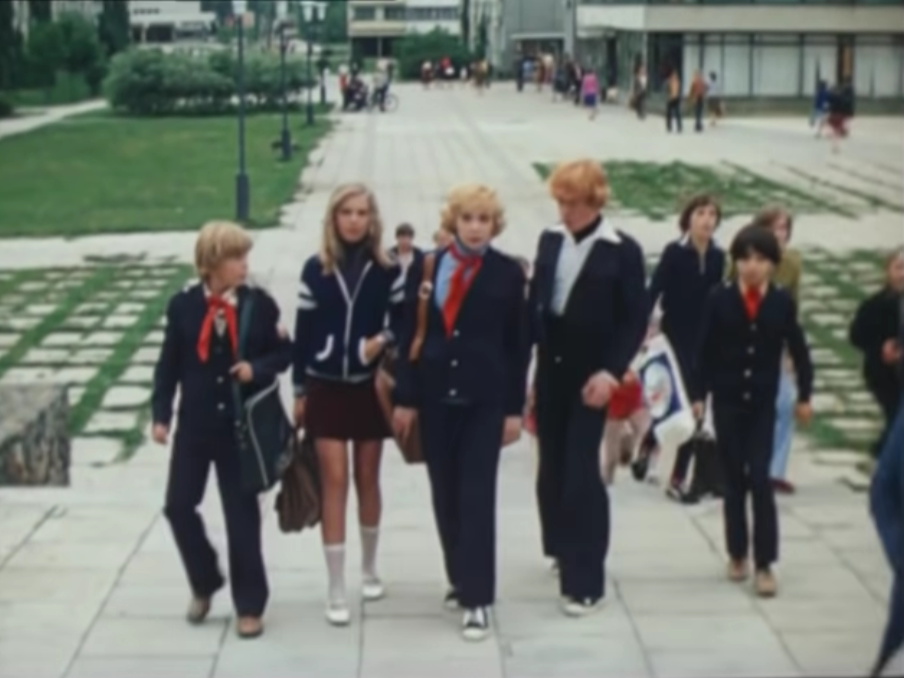
The Adventures of Electronic (1979)
Film review #518
Director: Konstantin Bromberg
SYNOPSIS: Professor Gromov has constructed a life-like robot boy named Electronic, based on the image of a schoolboy named Sergey. Electronic has the dream of becoming a real human boy, and when the Professor forbids him from interacting with the outside world, he escapes and runs into his double. Sergey has the idea of having them swap places, using Electronic’s super intelligence and strength to excel at school. meanwhile a criminal gang is spying on Electronic, with the aim of kidnapping him to use in a series of high-value heists…
THOUGHTS/ANALYSIS: The Adventures of Electronic is a 1979 three-part miniseries from the Soviet union. The story starts off introducing Electronic, a boy who is a robot created by Professsor Gromov to look human, and Sergey the human boy who Electronic’s appearance copies (who appeared on a magazine cover). The two eventually run into each other, and have the idea to swap places, so that Electronic can excel in Sergey’s classes at school, and Electronic is given the chance to live as a human; and naturally, hijinks ensue. The story is fairly obviously a combination of Pinocchio and The Parent Trap, although I’m not sure how accessible either of these were available in the Soviet union in 1979. Nevertheless, the story is simple to follow, and paces itself fairly well, with different things going on across the three different episodes of the series. Being aimed at children, there’s very mild threats and danger, but it’s pretty harmless. The series focuses more on humour, adventure, and the occasional musical number, and I imagine it would have been a fun and entertaining adventure for kids at the time. The story doesn’t really explore the range of potential of it’s set up, and often feels like a re-tread of the aforementioned Pinocchio and The Parent Trap, but you don’t really need to be groundbreaking for these types of films/series. The pacing is pretty solid, the characters develop at an even pace throughout, and there’s new elements added in as it goes along to maintain interest, so it does everything it needs to.
While Sergey and Electronic are up to their shenanigans, an international crime ring has been spying on Professor Gromov and, learning of Electronic’s existence, their boss plans to kidnap him to use his abilities to pull off a huge heist. As mentioned, the villains and danger isn’t too threatening as the series is made for kids, but it adds a little excitement to things. Apart from Sergey and Electronic (played by actual twins, but their voices are dubbed by different people), the rest of the cast play a minor role, but their appearance keep scenes energetic and busy, such as the gang of kids that Sergey and Electronic hang about with, the various teachers, and even a dog that joins the kids eventually. The familiar scenes of the school and the kid’s clubhouse also root the film in a very particular setting that the cast’s adventures revolve around, and makes a nice core along with the characters that interacts with the changing elements of the story, creating a nice balance.
The series was apparently very popular when it was released, and I think it’s easy to see why: it follows some tried-and-tested formulas story-wise, and also it’s produced fairly well, with solid camerawork and performances all round. It’s difficult to find too much wrong with it, since it’s aimed at a younger audience and is not intending to be groundbreaking. Overall, The Adventures of Electronic is an entertaining watch that hits the right notes, but is definitely something that would not stand the test of time, being firmly rooted in the time and place it was filmed. Some elements of the story are fairly timeless, but nothing original is added to make it worth a contemporary viewing.